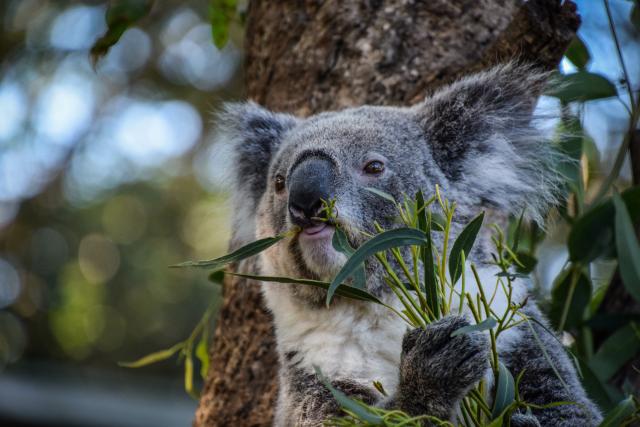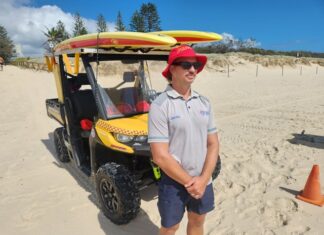Listed endangered, koalas have less than a 20 per cent chance of surviving in the wild, the Sunshine Coast Koala Forum heard last month.
Organised by Griffith University, Queensland Government and Sunshine Coast Council the forum brought together experts in the field to discuss the koala situation, what measures are being taken to improve their survival and ways such as planting trees and rescuing sick and injured animals, that people can help.
Koalas are an iconic Australian animal that face a range of threats including habitat loss, car strikes, dog attacks and climate change, Sam Colbran from Logan City Council’s sustainability program told the forum.
In measures similar to those adopted by Noosa Council, Logan Council’s koala saving initiatives involve protecting and enhancing habitat and community education, Sam said.
Through their environment levy they have acquired bushland for conservation to ensure habitat with connecting corridors for koalas. Their landholder Land for Wildlife program has 487 registered properties, 1000 residents have joined an environmental program for smaller property owners and there are 24 environmental offset sites, Sam said. To enhance habitat community organisations engage long-term unemployed people in jobs such as weeding, tree planting and waterway restoration. The council uses electronic driver awareness signs during breeding seasons, prescribed burns, financial support to wildlife workers through grants and a program to train dogs to be wildlife aware.
Maree Clancy of the Queensland Trust For Nature (QTFN) spoke to the forum on a five-year, $4.6m, Queensland Government-funded Koala Habitat Restoration Partnership Program (KHRPP) being coordinated and implemented by QTFN.
Set up to address the urgent need for koala habitation in SEQ under the Koala Conservation Strategy the program has a habitat goal of 10,000ha.
Maree said to date there were 16 project sites, 230,000 koala trees planted, 150ha of new koala habitat established and 247ha restored as well as partnerships established with local councils and 25 formal partnerships set up with landholders.
In June KHRPP plans to embark on a new program, the shelter belt project, to create koala corridors across grazing land by planting scattered koala feed trees across paddocks.
Daisy Hill Koala centre senior wildlife officer Maggi Muurmans told forum attendees about the centre which has operated in Logan for almost three decades. Built by the Queensland Government and opened to the public in 1995 the centre has delivered koala and conservation education to more than a million national and international visitors. It has also established a partnership with Daisy Hill State School which maintains a koala tree plantation that provides feed not only for the centre’s koalas but assists the local koala population during times of drought.
RSPCA rescue operations supervisor Chantal told the forum the staffed unit which operates out of RSPCA Wacol runs the 1300ANIMAL rescue number and provides coordination of animal rescues with local volunteers and advice across the state.
In 2023 they received 184 requests for assistance with koalas, she said.
Chantal said local residents can sign up with the RSPCA to volunteer in their own area with their own vehicle to rescue wildlife.







